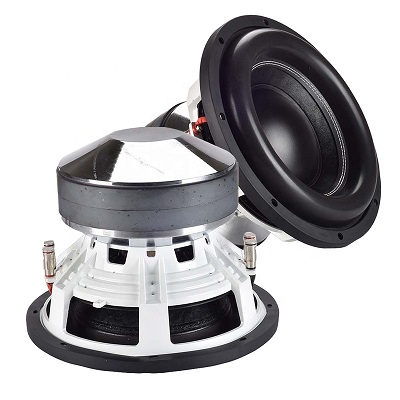delivery
2コメント2件The lifeline of the online conference is the voice

Online conferences are the most frequently used in new normary adult life. It is a wonderful tool that can be opened with a PC, smartphone and an Internet line, and can communicate with many people at the same time without traveling from a distance without going directly. However, exchanges rely only on web cameras, displays, microphones and speakers, and the amount of information is overwhelmingly reduced compared to the meeting that actually gathers. In such a conference, it is a lifeline whether your voice has definitely reached the other party or the image can be shared firmly. It is extremely important. It is good to start an online meeting, but it is not unusual for the speech and images to be upset and spend on adjusting the first few minutes. If you are a new businessman, you want to avoid these troubles. I want to prepare well in advance and have a smart meeting. First, the important thing is voice. Even if you can't see your face, the meeting will be established if you hear the voice normally. Conversely, if you can't hear your voice, it's literally "not talking." The online conference tools can be used in advance in advance. Be sure to check it out before the meeting to see if your voice reaches the other party. The point is, "Can you hear the content of your story to other participants?" Starting with whether the voice can be picked up properly, the loud and small voice, the state of the surrounding noise, the sound quality that is easy to hear, etc. can be maintained. In short, check if a comfortable and smooth communication can be established with that voice. What I want to be careful about here is "reverberation." It is especially important to be careful when a large conference room or multiple people participate in an online conference on one PC. If the voice resounds and there is an excessive reverberation, it will be very difficult to hear what you are talking about. In some cases, the meeting itself may not be established. Using a built -in microphone and speaker, it often happens when the speaker and the PC distance is always far away. It is necessary to check in advance how the opponent is heard in advance is to avoid this. So, here's how to check the audio in advance with Microsoft Teams and Zoom, a typical online conference tool. Since you can actually check the online conference, you can also check the suitability of the line status. First, Microsoft Teams. Start a meeting on a PC and launch Teams, and click the three buttons (it seems to be a meatball menu) at the top right of the window. Select the "Settings" of the gear mark from the open list. Select "Device" on the open setting screen. Then, click the "Start Test Call" button that appears with some setting items. Now you can test the microphone. The screen of the online conference opens, saying, "To test the quality of the call, record a short message after the bee. The recorded message will be played." If you talk to the microphone in the same way as the meeting, the content you talked will be played a few seconds later, and you can check how the other person will sound. Next Zoom. This is easier. After launching the software, click the gear mark on the upper right. On the open setting screen, select "Audio" from the list on the left. A button "Mike test" appears in the item on the right side. If you press this and talk to the microphone, the content will be played a few seconds later. This sound has reached the other party. If the voice is difficult to hear, it is often solved by approaching the microphone. Recommended is the use of headsets and earphone microphones. The distance between the microphone and the mouth is 20-30 cm, and it is constant, making it very easy to hear. If you share a terminal in large numbers, it can be solved by preparing multiple microphones and closing the distance to the microphone as much as possible. In many cases, images are shared in online presentations. Aside from my face, I want to show the image of the material. However, online conferences often have a time lag, and it is often difficult to see if the other person can see the image. You have to say, "Can you see it?" This can also be avoided with a little ingenuity. In short, you only need to participate on another device and check your images. Both images and sounds arrive on another terminal in the same state as other participants. In addition to whether the image is properly appeared, it is recommended because you can check the screen switching timing and audio status. If you know how your voice and images are transmitted, and go to the meeting, you will be able to concentrate on the contents. (BCN / Michoeichiro Michoei)
最終更新:BCN

